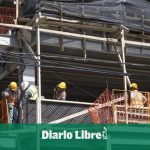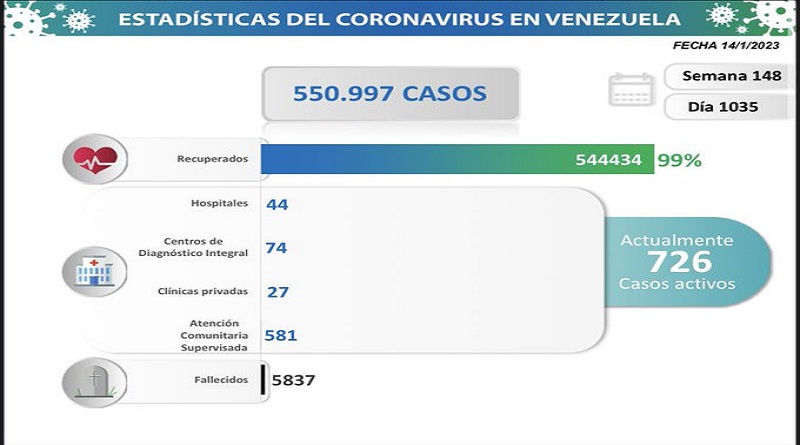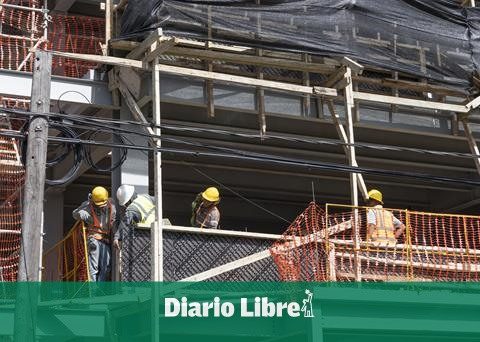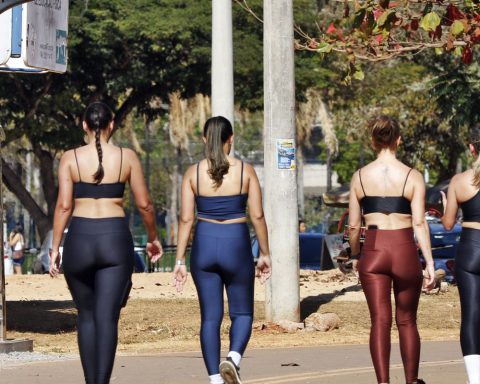The toll of the Pando stream, at kilometer 33 of the Interbalnearia route, is the reference for each fortnightly change. This Sunday —in which the return to the capital of those who vacationed the first two weeks of the year coincided with the high temperatures— this toll-thermometer marked a peak passage of more than 3,000 vehicles per hour.
On the afternoon of this Sunday, when the Highway Police estimated the maximum peak of vehicular flow, in the eastern spas it was 27 degrees. This led to the delay of the busiest time and the Pando toll booth to have had its splendor after sunset.
The placement of electronic tolls meant that, despite the magnitude of the traffic, the circulation on the Interbalnearia route was “fluid and without lines”said Caminera spokeswoman Vanessa Briozzo. Only in the section that joins the Las Vegas resort with Pinamar was there a slowdown in traffic: there the average was 55 kilometers per hour.
There was also another one on some secondary routes. Specifically, a fire at kilometer 89 of Route 11 led to a detour where that artery intersects with Route 89. The National Directorate of Firefighters, in turn, reported sources under control in another ten pointss: “at least one per region”.
The Highway Police had exhorted vacationers to avoid driving on the routes between 6 and 9 p.m. The request gained special significance after a first fortnight in which there were 20 deaths due to traffic accidents. The National Road Safety Unit will meet next Wednesday to analyze this increase in fatal accidents.
As reported by Caminera, the peak occurred between 5:00 p.m. and 6:00 p.m.
To the east
According to Caminera, during the afternoon of Friday and the morning of Saturday the flow of vehicles to the resorts of the east coast had intensified. Many of these passengers took advantage of the good weather forecast to escape the city for the weekend. But at noon this Sunday another public began to join: the Argentines who entered Uruguay to take advantage of the second half of January.
On the bridge that connects the city of Fray Bentos with Puerto Unzué, near Gualeguaychú in the Argentine province of Entre Ríos, the waiting line for vehicles wishing to enter Uruguay exceeded two kilometers and the wait for immigration procedures exceeded 90 minutes. In the opposite direction, to enter Argentina, traffic was fluid, as reported by the National Directorate of Migration.
A slightly shorter delay was experienced on the Paysandú bridge: the queue there took 60 minutes. Almost the same delay occurred on the Salto bridge. So until the afternoon when the flow was reversed: the departure from Uruguay intensified (of those who left the country after the first half of January) and the entry calmed down.
The interim Minister of Tourism, Remo Monzeglio, told El Observador that “Tourists are coming in quite fluently, especially from the Argentine side. There are more who are entering than leaving, although this can be reversed with the passing of the hours ”.
There are cases of Argentine owners who were able to rent their farms in Punta del Este for only the first fortnight, “and it is likely that these owners will come to use the apartments for this second fortnight,” explained the interim minister.
In this sense, the hierarch pointed out, “the second half of January, which historically tends to be lower than the first, is likely to repeat a drop, but not drastically”.
Unlike the first fortnight, in which there is a combination of internal and external tourism, “as the summer passes, internal tourism begins to play a more preponderant role, for which a high hotel occupancy and camping areas are expected in the which is called extended weekend: from Wednesday to Sunday”.
In the third week of February, in turn, the carnival holidays fall. The date —almost two weeks before the start of classes— suggests a good season. In this regard, Monzeglio recommended “the population to take precautions and reserve their place: the more time in advance to reserve, the better the rates and the planning of the service.”
political bid
The Tres Cruces bus terminal witnessed this Sunday the increase in tourist flow. From the afternoon until the early hours of the morning some 70,000 tourists passed through (some leaving and others returning).
The magnitude of movement observed in the terminal was 35% higher than that registered last year, but 15% below the pre-pandemic.
This tension between the improvement of the figures, but on a lesser scale than in times prior to covid-19 led to the crossing of opinions between opposition leaders and those of the ruling party.
Monzeglio had said after the new year that it was “the best season start of the last four decades”. For this, he argued that the percentage of hotel occupancy reached 100% in a good part of the coastal strip.
For his part, the president of the Broad Front, Fernando Pereira, questioned the statements of the interim minister and pointed out: “There is talk of a record season in tourism. Based on what? It’s the ninth day of January. On what basis can you have that certainty of a record season“.
Analía Suárez, president of the Punta del Este Hotel Center, has an intermediate opinion. This Sunday, in dialogue with Underlined, she said: “It has been a good season for what had been a pandemic, but it is not the best season.”
The Ministry of Tourism reported that “at the end of January or beginning of February” the Tourism Observatory will publish the first official data on the start of the summer season.
















